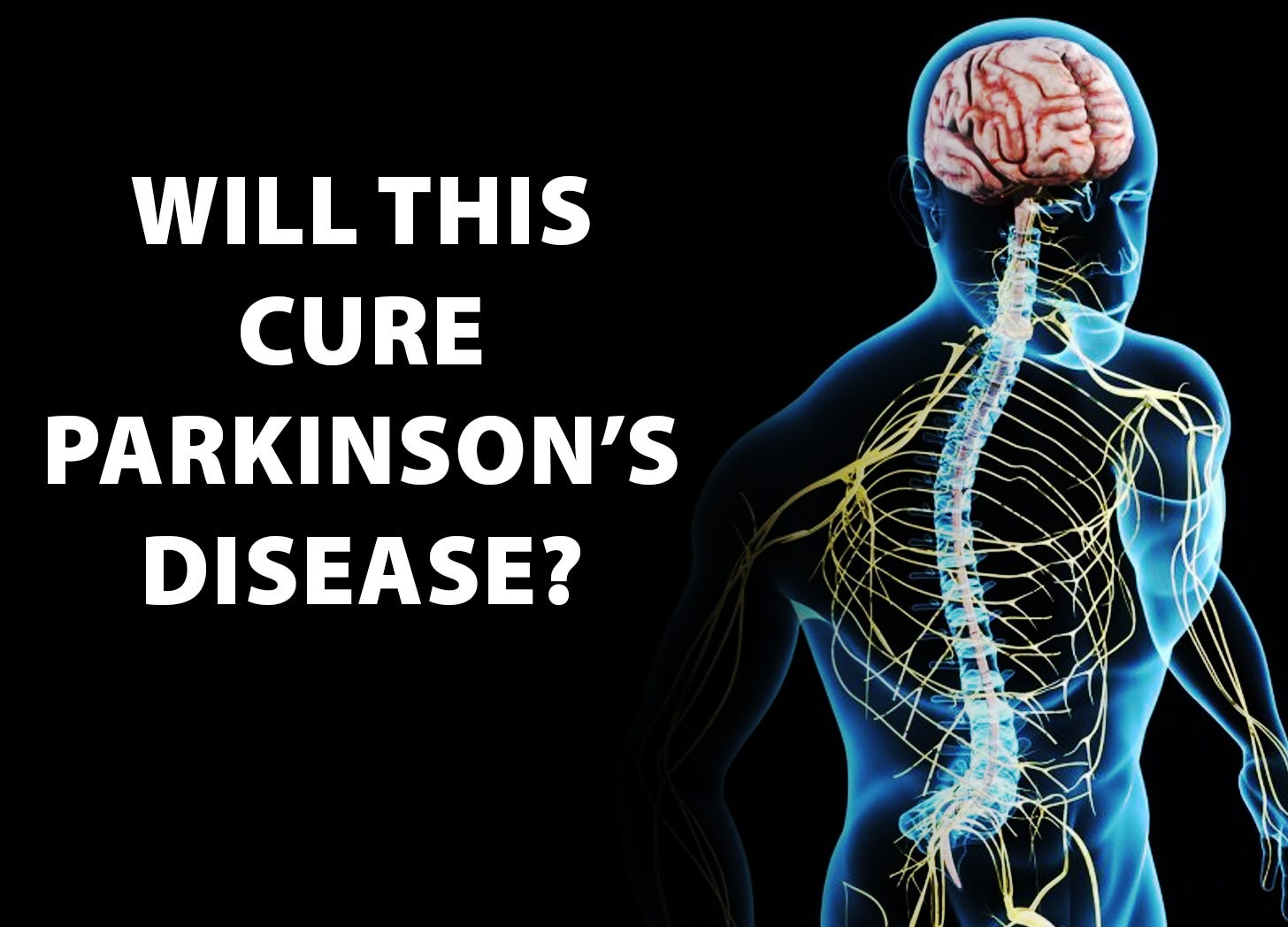A Simple Solution to a Complex Problem
Using Peptide Inhibitors to Reduce Toxic Proteins in Parkinson's Disease
Cool Science, So What?:
Scientists have come up with a new way to find treatments for brain diseases like Parkinson's. They are trying to fix problems with how proteins interact in the brain. They used computers and made some special molecules to test if they could stop the bad interactions. They found one that worked really well and could help people with these diseases feel better.
Welcome to the new Evolutionaries who have joined us since our last post! If you haven’t subscribed, join 3000+ smart, curious mutants by subscribing here:
Sean’s Summary of:
Disrupting the α-synuclein-ESCRT interaction with a peptide inhibitor mitigates neurodegeneration in preclinical models of Parkinson’s disease
This post is sponsored by My YouTube Channel!
So, why should you subscribe to EvoluSean?
To stay informed: With my channel, you'll always know what's going on in the world of biology and biotech, and how it affects you and your future.
To broaden your horizons: You'll discover new perspectives, ideas, and possibilities in biology. My goal is to make you think about biology in a way you’ve never thought about before.
To be entertained: You'll enjoy watching my entertaining and dynamic presentations, and learn about biology and biotech in a way that's fun and memorable.
To be part of a community: You'll join a growing and supportive community of biology and biotech enthusiasts, and connect with like-minded people who share our interests and aspirations to build a better world with biology.
So, what are you waiting for? Subscribe to my channel today and start your journey to a better understanding of how we’re building a better world with biology!
The Background
Protein-protein interactions (PPIs) are essential for cell growth, differentiation, and survival. However, when these interactions become disrupted, it can lead to neurodegenerative disorders such as Parkinson's disease. Unfortunately, there are currently no disease-modifying therapies for these conditions. Scientists have developed a new approach to finding potential peptide therapies that target PPIs in the hope of discovering new treatments for conditions such as Parkinson's disease (PD). By using computational methods based on PPI motifs and constructing lentiviral libraries of peptide inhibitors, they hope to expedite the discovery of potential peptide therapies. This is important because finding new treatments for neurodegenerative disorders could improve the lives of millions of people around the world who suffer from these conditions.
The accumulation of alpha-synuclein protein (a-syn) in PD disrupts cellular systems causing neurodegeneration. The unbiased and proteome-wide approach identified a peptide inhibitor that disrupts the direct interaction between the C-terminal region of a-syn and CHarged Multivesicular body Protein 2B (CHMP2B), which impairs endolysosomal activity and results in a-syn accumulation. Since PPI's have worked in the past to help treat cancers, could it work in treating Parkinson's disease?
The Hypothesis
Can disrupting the interaction between α-synuclein and CHMP2B reduce the levels of toxic oligomers and fibrils that cause neurodegeneration in Parkinson's disease?
The Results
- A high-throughput peptide screen identified a potent inhibitor that disrupts the direct interaction between α-synuclein and CHMP2B, a component of ESCRT-III (Endosomal Sorting Complex Required for Transport III). ESCRT-III is a group of proteins that work together to help cells do different things. They can help cells repair themselves, divide into two new cells, and get rid of things they don't need.
- α-synuclein impedes endolysosomal activity via this interaction, inhibiting its own degradation.
- The peptide inhibitor that was identified by the high-throughput screen restored endolysosomal function and decreased α-synuclein levels in multiple models, including human cells with disease-causing mutations, C. elegans, and preclinical Parkinson's disease models using rats.
- The peptide inhibitor also protected dopaminergic neurons from α-synuclein-mediated degeneration.
The Future
Imagine a world where a simple peptide inhibitor can reduce levels of toxic proteins that cause neurodegenerative disorders like Parkinson's disease. This could lead to new therapies that target specific protein interactions and restore normal cellular function, ultimately leading to a better quality of life for those affected by these diseases. It's heartbreaking to see so many people suffer from Parkinson's disease, but with new scientific approaches like this one, we can work towards finding a cure and improving the lives of those affected by this condition.






